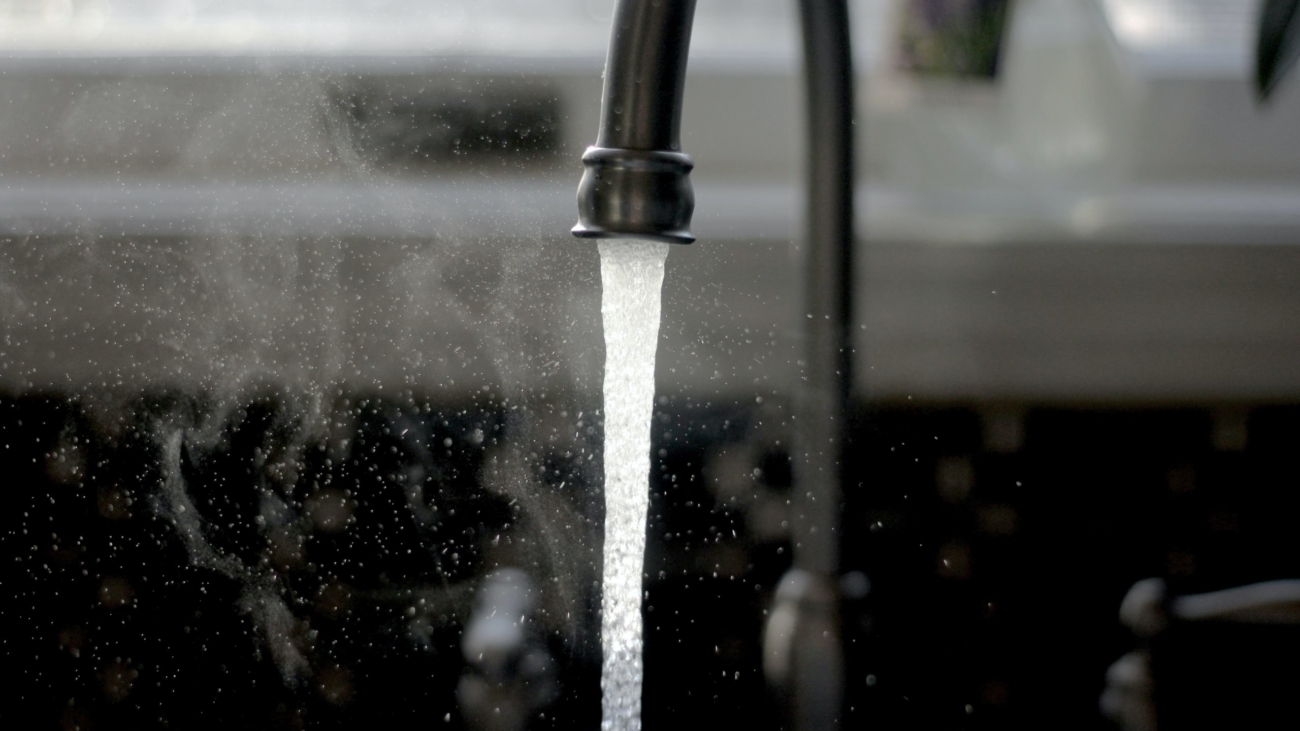Water is a fundamental necessity for life. We rely on it for hydration, cooking, and maintaining our overall health. However, the water that flows from our taps may not be as safe as we perceive it to be. In this article, we will delve into the tap water dilemma and explore the benefits of switching to alkaline water – a lifesaver for our health.
What's at Stake:
Understanding the tap water dilemma
Many of us take the safety of tap water for granted. We trust that it is thoroughly monitored and regulated, but the reality is far from our perception. Tap water often contains various contaminants that can pose significant risks to our health. It is essential to be aware of these dangers and explore alternatives to safeguard our well-being.
Perception vs. Reality
Though tap water may appear crystal clear, its transparency can deceive us. Numerous contaminants remain hidden from plain sight, lurking within the water we consume daily. The illusion of safety can be shattered once we uncover the truth about the often overlooked hidden risks present in tap water.
A Healthier Alternativ
Fortunately, there is a safer alternative available that can alleviate our concerns. Alkaline water has gained significant attention in recent years for its potential health benefits. By exploring the differences between tap water and alkaline water, we can make informed decisions about the type of water we consume and the impact it has on our well-being.
Navigating the Dangers of Tap Water
1. Unseen Threats: Exploring the diverse contaminants in tap water
Tap water is known to harbor an array of contaminants that can compromise our health. These include bacteria, viruses, heavy metals, industrial chemicals, and pesticides. It is alarming to realize that what we perceive as a refreshing and necessary drink can actually contain harmful elements that can have long-term effects on our bodies.
2. Deceptive Clarity: The illusion of safety in clear-looking tap water
One of the most striking aspects of tap water is its clarity. We often associate clear water with purity and safety. However, the absence of visible particles does not necessarily indicate the absence of contaminants. Tap water can contain microscopic impurities that are virtually impossible to detect with the naked eye. This deceptive clarity lulls us into a false sense of security.
3. Silent Culprit - Lead: Understanding the severe health risks associated with lead exposure
Lead, a toxic heavy metal, remains a prevalent concern in tap water. Exposure to lead can have severe health consequences, especially for children and pregnant women. It can lead to developmental delays, impaired cognition, and damage to the nervous system. The presence of lead in tap water emphasizes the importance of finding a safer alternative for consumption.
4. Pesticides' Stealth Attack: The toxic side effects of pesticides in our water
Agricultural practices often involve the use of pesticides, which can find their way into our water supply. These chemical compounds not only harm the environment but also pose risks to human health. Pesticide exposure through tap water has been associated with various health issues, such as hormonal disruptions and an increased risk of certain cancers. It is crucial to understand the potential ramifications of consuming water contaminated with pesticides.
Alkaline Water:
A Guardian of Health
1. A Safer Oasis: How alkaline water stands as a contaminant-free alternative
Alkaline water offers a refreshing oasis from the risks associated with tap water. It undergoes a filtration process that removes contaminants, ensuring a cleaner and safer drinking experience. By opting for alkaline water, we can eliminate the potential dangers that lurk within our tap water and prioritize our health and well-being.
2. Balancing Act: Unveiling the higher pH level and its impact on health
Alkaline water, distinguished by its higher pH level, has been praised for its potential health benefits. It is believed to assist in maintaining the body's natural pH balance, which is essential for optimal functioning. By consuming alkaline water, we can support our body's ability to combat acidity and promote overall wellness.
3. Taste the Difference: Addressing skepticism with the deliciousness of alkaline water
One common skepticism surrounding alkaline water is its taste. However, those who have made the switch can vouch for the delightful difference it brings to their drinking experience. Alkaline water is often described as smoother and more refreshing, making it an enjoyable choice for those looking to enhance their hydration routine.
4. Contaminant-Free Indulgence: Emphasizing the freedom to enjoy without worries
Alkaline water provides us with the freedom to indulge in our daily hydration without worrying about the potential contaminants present in tap water. It offers peace of mind, knowing that we are consuming a cleaner and safer alternative that supports our overall health and well-being.
Conclusion
The Convenience of Danger:
Why tap water isn't worth the risk
The hidden risks associated with tap water demonstrate the importance of considering alternative options. While tap water may seem convenient, the potential health consequences far outweigh the convenience factor. It is crucial for us to prioritize our health and take proactive steps to ensure our water consumption does not jeopardize it.
Alkaline Water's Promise:
Safer, tastier, and better
Alkaline water emerges as a promising solution that addresses the shortcomings of tap water. Not only does it offer a safer alternative by eliminating contaminants, but it also enhances our drinking experience with its refreshing taste. By making the switch to alkaline water, we can take a significant step towards better hydration and improved overall health.
As responsible individuals, we should prioritize our health and make informed choices about the water we consume. Consider switching to alkaline water for your next sip and experience the difference it can make in your overall well-being. Stay hydrated and invest in your health by choosing alkaline water today.
Check out the previous blogs to know more about the alkaline water.






